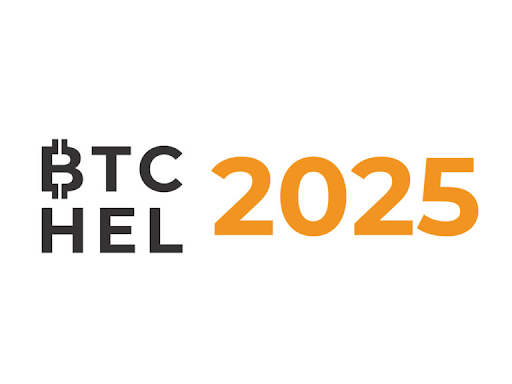
Nov 26, 2025
Vi Fortsätter Lyfta Bitcoin i Sverige!
November har kanske sett lugn ut på ytan, men bakom kulisserna har vi lagt grunden för viktiga steg framåt. Här på BTCX ser vi fram emot 2026! Det vi kan säga är att vårt fokus ligger där det alltid har legat: att stärka Bitcoin-ekosystemet, driva dialog med beslutsfattare och fortsätta utveckla produkter och tjänster som gör Bitcoin ännu enklare, tryggare och tillgängligt.

Oct 24, 2025
Hej Bitcoinvänner!
Bitcoin-världen rör på sig både snabbt, positivt och globalt. Hos BTCX fortsätter vi bygga för framtiden: från årsstämman i Stockholm till nya samarbeten i Europa och med stark närvaro på höstens största Bitcoin-evenemang. Här är det senaste från oss i oktober och från några av kvinnorna som inspirerar i Bitcoin-rörelsen.

Oct 1, 2025
Bitcoin Hösten vi ser fram emot!
Vi startade hösten och september månad med Q1 rapport och två nya avsnitt av vår podcast “Women and Bitcoin”. I tillägg på det ökade vi vårt Bitcoin-innehav. Vi har även varit på besök i Riksdagen (igen) för att lobba för Bitcoin. Men sist av allt och definitivt störst! Vi lämnade in MiCA-ansökan. Det är vi väldigt stolta och glada över.

Aug 22, 2025
Bitcoinresan fortsätter tillsammans med er
Det händer mycket på BTCX just nu. I detta nyhetsbrev delar vi några av de senaste milstolparna på vår väg mot att bli Europas ledande publika Bitcoin Treasury-bolag. Läs om vår nya strategi, fördjupade samarbeten, och stark närvaro i det växande nordiska Bitcoin-communityt.

Aug 4, 2025
Goobit Group AB lanserar BTCX Bitcoin Treasury-strategi
Goobit Group AB (NGM: BTCX) (”Goobit” eller ”BTCX”) meddelar att bolaget implementerat en långsiktig Bitcoin Treasury-strategi. Första emissionsrundan är nu avslutad och nästa emissionsrunda inleds inom kort med målsättningen att maximera innehavet av bitcoin i balansräkningen.

Jul 24, 2025
BTCHEL 2025 – Nordens största Bitcoin-fest närmar sig!
Den 15–16 augusti 2025 samlas Bitcoin-communityt i Helsingfors för BTCHEL den allra första storskaliga Bitcoin-konferensen i Finland någonsin. Vi på BTCX kommer självklart att vara där, och vi hoppas att du också tar chansen att delta i vad som lovar att bli årets stora händelse för alla som tror på en friare, decentraliserad framtid.

Jul 24, 2025
BTCX Women & Bitcoin Podcast: Frihet, identitet och balans i en ny värld – med Fati Hakim
I vårt senaste poddavsnitt får du möta Fati Hakim, CEO och medgrundare av First Block, en Web3- och blockchainkonsultbyrå med rötterna i decentralisering, innovation och mänsklig frihet.

Jul 24, 2025
Bitcoin når ny All Time High över 120 000 USD – medan USA:s ekonomiska grundvalar skakar
Måndag den 14 juli 2025 skrev Bitcoin historia igen. För första gången någonsin passerade priset 120 000 USD, med toppnoteringar över 123 000 USD under ett dygn där kryptovärlden kokade av aktivitet, optimism – och en viss nervositet. Men det verkligt intressanta ligger inte bara i siffran, utan i vad som händer i världen just nu.

Jun 24, 2025
Från vardagskaos till scenen: Bitcoin for Busy Women på Nordic Blockchain Conference
Vilka dagar! Den 18–19 juni samlades framtidens röster på Nordic Blockchain Conference 2025 på Epicenter i Stockholm – och vi var såklart där!

Jun 24, 2025
Bitcoin tar plats i Almedalen – BTCX öppnar samtalet om framtidens pengar
Det är dags att få in Bitcoin i det politiska samtalet på riktigt. Och Almedalsveckan 2025 är ett perfekt tillfälle. BTCX:s grundare och VD Christian Ander deltar den här veckan i två viktiga panelsamtal som sätter fokus på framtidens penningsystem, konkurrens på finansmarknaden och - såklart - hur Bitcoin kan skapa en mer öppen, rättvis och inkluderande ekonomi.